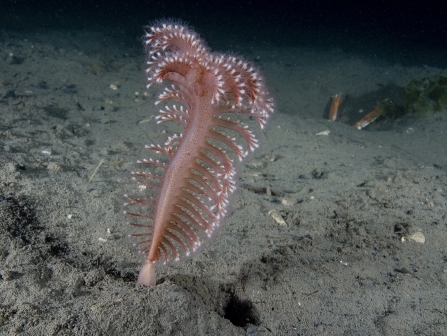Recently, the government launched a consultation asking the public for their views about protecting a new group of Marine Conservation Zones. These are areas at sea where wildlife is protected from damaging activities. 41 special places were chosen for public consideration including six in our local Irish Sea.
“South Rigg and Queenie Corner are two areas that have been put forward as Marine Conservation Zones in the Irish Sea,” explained Martin Varley, Director of Conservation at Cheshire Wildlife Trust. “This is to protect the muddy seabed which is rich in an enormous range of marine life. In fact, it is as rich a habitat as the Amazon rainforest! I’d encourage everyone to take a minute to add their name in support of the new Marine Conservation Zones on International Mud Day.”

